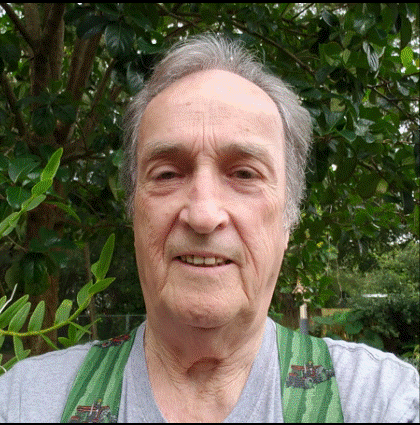
A Little More On Composting
This is the second to last post on gardening lessons learned (part 4/5)
We ended part three with a chat about composting. Let’s finish that up.
My last thought on compost. Not only is it outside and exposed to the elements, but it requires watering during dry times or the composting cycle stops. It got me to thinking; I wonder what nutrients are washed away and what is left after this regular watering process. I have a soil tester that I will use on my compost pile in hopes of getting answers to these pressing questions. I’ll update you sometime!! P.S. BOLO for my blog on exactly how I make my compost pile, it’s coming to a blog site near you soon!!
One last thought on store bought dirt. I tested it. Ain’t much to it nutrition wise. Soil fresh out of the bag has little NPK nutrition. It needs fertilizing or stuff won’t grow well. Remember, vegetables are high octane plants. They require a lot of high grade fuel to produce. Growing posies and hedges, not so much.
Let’s Talk About Mulch
Mulch comes in two styles as far as I’m concerned. Store bought which I like, but dips into the garden budget. The other style is yard leaves. As I said, I have big2 oak trees. They produce about 40 or 50 black trash bags full of leaves annually. They are supposed to be high in acid and tannin. So what? I have used them for a long time for mulch and can find no deleterious effects. I use them in the raised bed garden and all my pots too. Mulch your pots! I sure do mulch mine, and here’s why; it helps retain moisture and keeps the surface dirt cooler.
Determinate VS Indeterminate
Many vegetable plants come in two varieties, determinate and indeterminate. All that means is that determinate veggies produce their harvest all at once. The indeterminate keeps producing longer with less ripening at any given time. The total production is about the same though. Typically indeterminate plants are usually known as ‘heirloom.’ Determinate has usually been bred for agribiz. Farmers want all the harvest at once so they can pick them efficiently. I’m getting to the point now. I succession plant both types of seeds. Even though indeterminate seeds continue to produce, they don’t produce continually. They pause and recuperate from time to time. If you stagger the plantings, when one is resting, the other is coming into production.
In the final part of this series, I’ll chat about growing stuff from seeds and growing the same things from sets that have already been started.
Click Here For Part 5.
